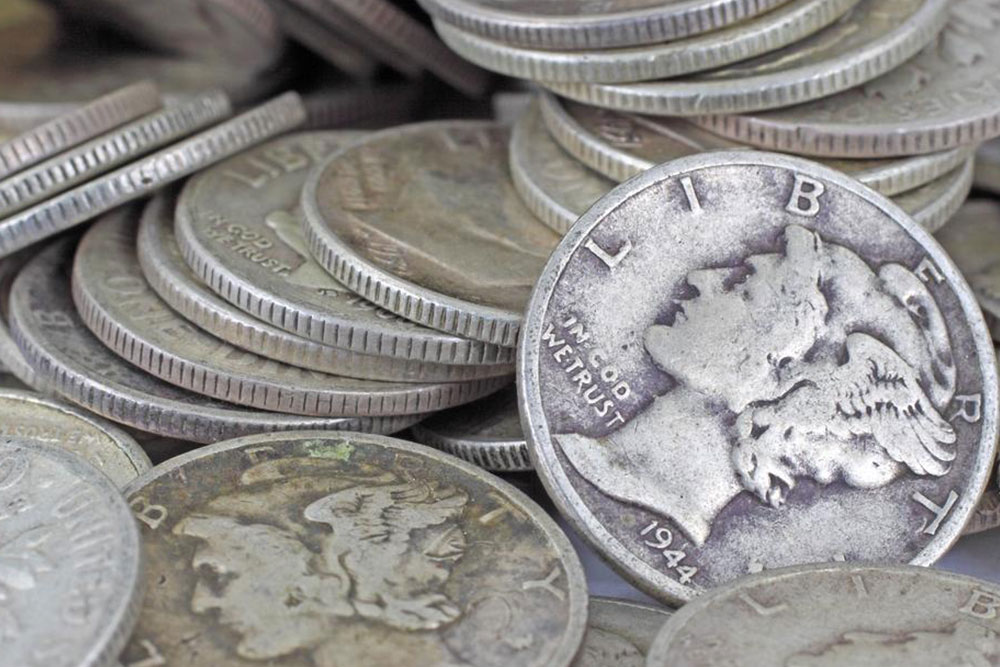Guide to Investing in Silver Bars and Coins
Explore essential insights into silver investment options, including bars, coins, and their significance as a stable asset. Learn about production, types, and investment benefits of silver bullion, making it easier to diversify your portfolio with silver assets for stability and liquidity.

Silver investment products encompass a variety of forms including coins, ingots, rounds, and bars made from silver. Among these, silver coins are the most popular choice for investors. Incorporating bullion—whether silver or gold—into your investment portfolio is considered a prudent strategy. Precious metals are known for maintaining their value during economic challenges, offering stability and high liquidity. Keep in mind that silver prices fluctuate daily. You can buy silver bullion through banks, coin dealers, brokers, and precious metals retailers.
The worth of silver bullion depends on its purity and melt value—the amount recovered when melted. Typically, silver purity is 99.9%. Key facts about silver bullion include:
Silver bullion is produced by heating silver above 2192°F until it liquefies, then poured into molds to create bars, coins, or ingots. These items are stamped with details like purity and weight.
The U.S. Mint produces two primary types of silver coins: special proof coins aimed at collectors, often in protective cases, and uncirculated coins intended for investors, distributed through authorized outlets.
Many investors turn to silver bullion as protection against economic instability, especially during currency fluctuations or dollar devaluation.
Bars and rounds are usually more affordable options. Coins, due to their size and lower price, provide greater flexibility for buying and selling. For example, a 100-ounce silver bar offers more volume but less convenience compared to smaller 1-ounce coins, which are easier to trade.


